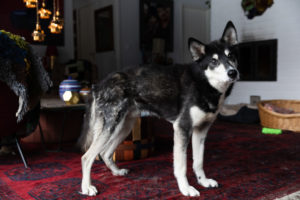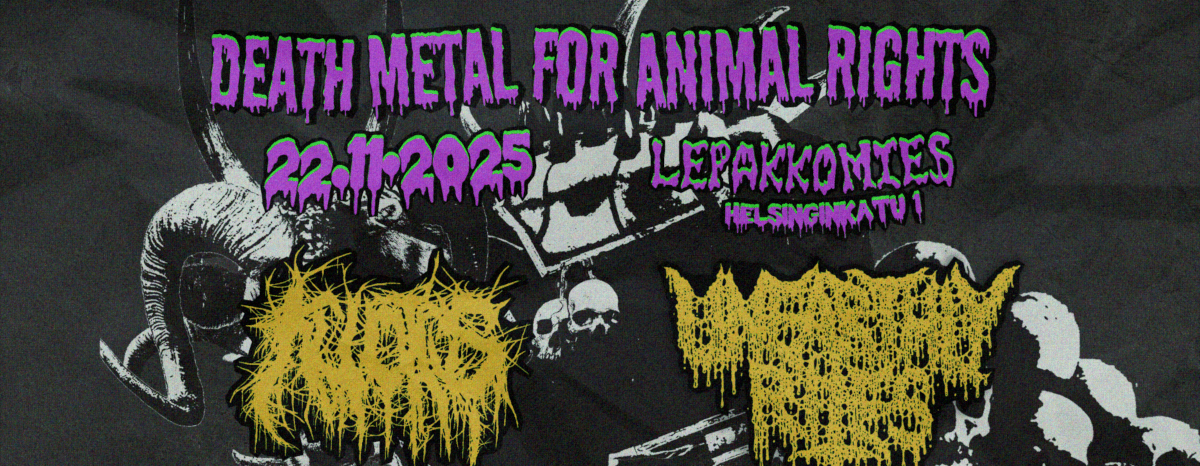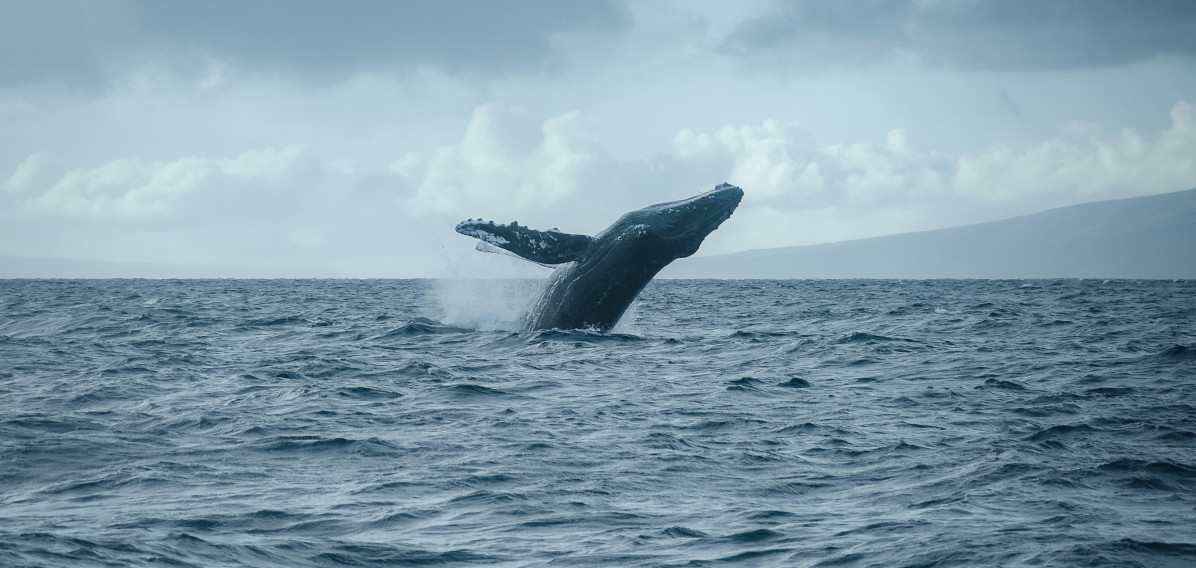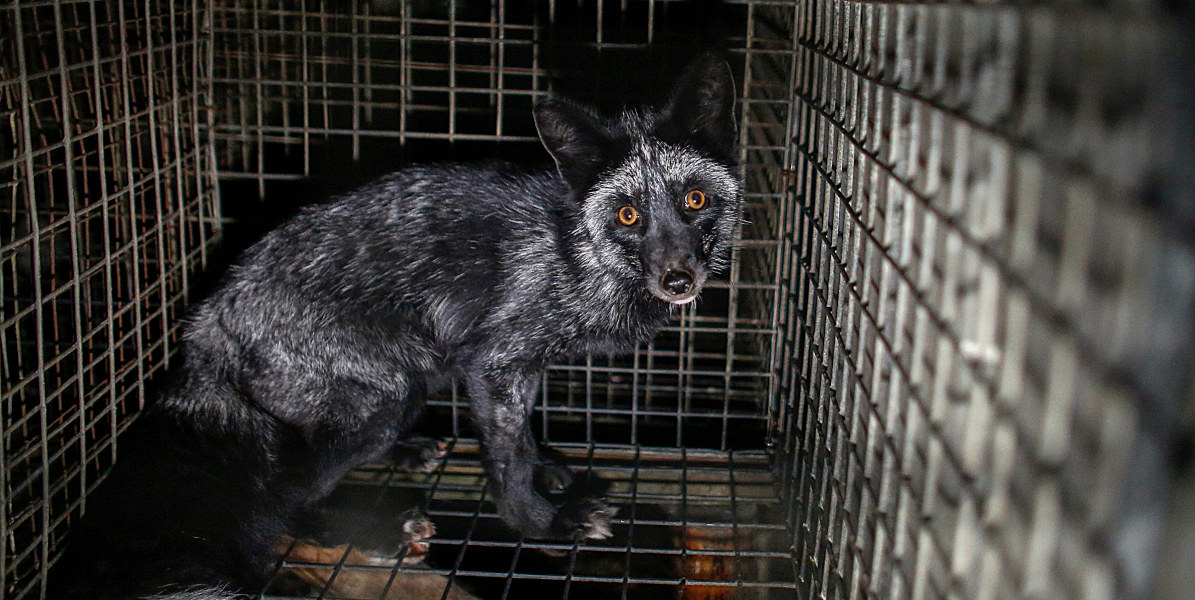Nippy below zero temperatures and pillows of shimmering whiteness. Dogs dashing through snowy landscape: northern idyll or cold business? Few consider the ethics of husky safaris.
At the end of 2020, Heli Mäenpää adopted Mortti, an Alaskan husky, from an Inari sled dog operator. Mortti’s home kennel gave up thirty old or unproductive sled dogs for adoption due to financial difficulties caused by the Covid pandemic. Giving dogs to adoption is a common way of getting rid of unproductive, ie. too old, sick, or weak dogs. Mortti’s home kennel was left with 250 dogs.
”I asked them if they had any old male dog who’d have difficulties in finding a new home”, Mäenpää says.
She heard that Mortti was especially dear to the caretaker. He was the leader of his team, a skilled and trustworthy dog who was much used in breeding.
Soon it became apparent that not all was well with Mortti.

From kennel to couch
It was a dark November night, when Mortti arrived to his new home.
”There on my yard stood a skinny, closed-up creature. He was clearly very anxious”, Mäenpää remembers.
Mortti had been inside only once before. After his arrival to Mäenpää he slept many weeks, hardly leaving his room. What worried Mäenpää the most, however, was the stench.
”The room smelled awful. When I looked into Mortti’s mouth I saw his teeth were like concrete, covered in tartar. I took him to the vet, and they told me that Mortti’s dental care was severely neglected.”

Loose teeth, gums oozing pus and blood. He had been in enormous pains for years. The surgery to remove the bad teeth began. After three hours, twenty-four teeth had been removed. Eventually Mortti lost all his teeth in four separate operations. The reason to the problem was disease called periodontitis. The vet was appalled when they heard that Mortti had been used for breeding, for periodontitis is hereditary.
At first Mortti also displayed stereotypical behaviour. When other dogs were running around Mäenpää’s yard, Mortti just walked in a small circle and peed in one spot. He always wanted to go quickly back inside.
”When we went walking it was like a task for Mortti. He just pulled straight forward and then back home. He was always ‘at work’. It took a year before he started sniffing around and marking like a normal dog”, Mäenpää tells.
Mortti’s life ended in autumn 2023 when he was 15 and a half years old. According to Heli Mäenpää Mortti never actully learnt how to dog – he never really did any doggy stuff, like dig the ground, enjoy wandering in the forest, or adventuring in general. Mortti was a very gentle and sensitive boy, deeply scarred by his former life as a working dog.
Sled dogs of Lapland
There are approximately 70 to 80 sled dog businesses in the Finnish Lapland. Mortti’s home region Tunturi-Lappi, or Fell Lapland, is home to 23 sled dog kennels. The biggest kennels house up to 500 dogs.
Doctor Raisa Kiimamaa, control veterinarian of Fell Lapland, says that in general sled dog operators adhere well to the law. The problems are usually related to the housing conditions of the dogs. The insulation of the doghouses, the area available for the dog, or the length of tethers may be insufficient.
The sled dogs are kept either in pens or tethered. All dogs have a doghouse. As well as Siberian Huskies, sled dog kennels have dogs like Mortti, so called Alaskan Huskies, which is not a recognised dog breed. Their fur is thinner, which makes them more vulnerable to cold. The law does not define what kind of dogs can be kept in kennels.
”The place where the dogs are kept must be suitable for the dog in question. If the dog does not have a double-layered fur with a proper underfur, this must be taken into consideration. The dogs may need for example insulated or even heated doghouse depending on the thickness of their fur”, Dr. Kiimamaa explains.
According to the law, the dogs don’t have to have water at all times. They may get water only once a day. Neither does the law require regular health or dental checkups. The monitoring of the welfare of the dogs is the responsibility of the kennel owner and workers. They need to contact a vet if they see something alarming in the dogs’ welfare.
Mäenpää tells that she got no information on Mortti’s medical history.
”I didn’t get any backround information or advice on how to feed him, on his character or his preferences, or whether he needed some medical attention. I later found out that Mortti had never seen a vet, had never received any kind of treatment at all.”
According to Dr. Kiimamaa, the most common reason for sled dogs to need medical attention are bite wounds and other accidents, such as muscle strains. She also tells that there have been discussions with kennel owners about dental care and plans to improve it.
”Dental problems are a problem for all dogs in my opinion, and it’s something we try to educate both sled dog businesses and pet dog owners. How often they do dental checkups very much depends on the kennel practices”, Dr. Kiimamaa tells.
Mäenpää reported Mortti’s treatment and especially the lack of dental care to the local control veterinarian, but they didn’t even look at the dogs’ teeth on the control visit.
Does legal make it right?
Mäenpää is worried about the health care of sled dogs and that the dogs’ welfare is not monitored sufficiently. Tourists don’t get any quarantees that the dogs are getting regular health checkups.
The Green Activities certification under the Green Key sustainability programme for tourist industry includes separate criteria for the welfare of the animals. However, the certificate focuses mostly on the housing conditions of the animals, and not much attention is paid to healthcare. The certificate is not managed nor monitored by any authority.
With so many dogs in one kennel it can be difficult to care for them individually. The dogs may live their whole lives outside and don’t necessarily get enough social contacts, enrichments or chances to fulfill their behavioural needs. Mäenpää states that people defend sled dog business by claiming that the dogs like it and want to pull a sled.
Mäenpää instructs visitors to consider the Lapland sled dog business from the animal’s point of view. Whenever an animal is used for making money there is a danger that the animal’s welfare takes second place. The most ethical choice is not to go on a dog safari.

Also Ulla Rikula, the official veterinarian of the Lapland Regional State Administrative Agency was interviewed via email for this article.
Translation: Pauliina Klemola
Photos: Ozgu Ozden / Unsplash, Levi Vepsä, Heli Mäenpää & Pirjo Tuominen





